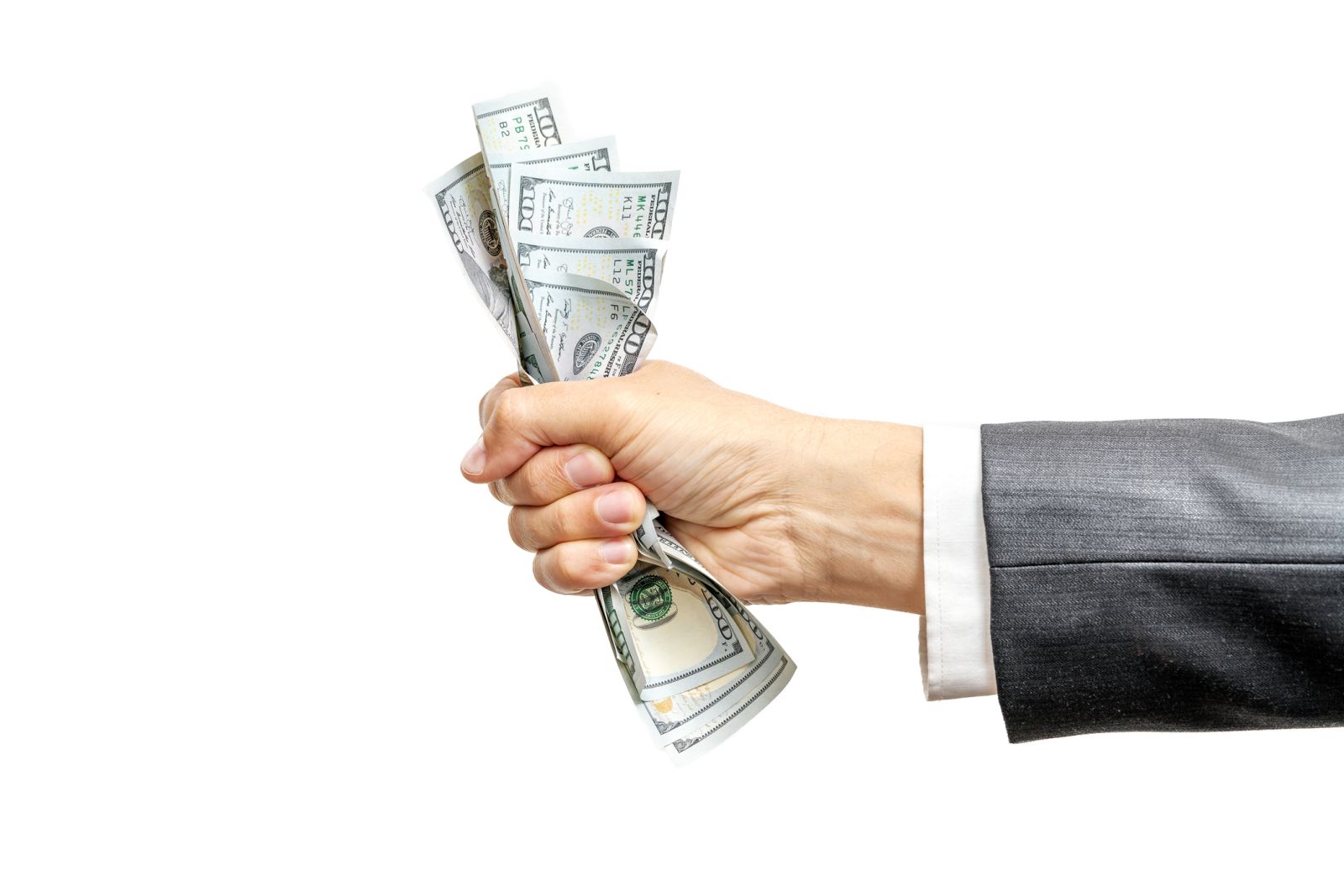|
||||||||||||||
|
Name
Cash Bids
Market Data
News
Ag Commentary
Weather
Resources
|
Dollar Gains on Weak Stocks and Q1 Price Pressures
The dollar index (DXY00) today is up by +0.28%. Today's stock slump has boosted liquidity demand for the dollar. Also, today's news that showed the Q1 core PCE price index rose more than expected is hawkish for Fed policy and dollar supportive. The dollar fell back from its best levels on signs of weakness in the US labor market after the Apr ADP employment change rose less than expected. The dollar was also pressured after the US economy contracted more than expected in Q1. The US Apr ADP employment change rose +62,000, weaker than expectations of +115,000 and the smallest increase in 9 months. US Q1 GDP fell -0.3% (q/q annualized), weaker than expectations of -0.2% and the steepest pace of contraction in 3 years. The Q1 core PCE price index rose +3.5% q/q, stronger than expectations of +3.1% q/q. The US Q1 employment cost index rose +0.9%, right on expectations. The US Apr MNI Chicago PMI fell -3.0 to 44.6, weaker than expectations of 45.9. US Mar personal spending rose +0.7% m/m, stronger than expectations of +0.6% m/m. May personal income rose +0.5% m/m, stronger than expectations of +0.4% m/m. The US Mar core PCE price index, the Fed's preferred inflation gauge, rose +2.6% y/y, right on expectations and the slowest pace of increase in 9 months. US Mar pending home sales rose +6.1% m/m, stronger than expectations of +1.0% m/m and the biggest increase in 15 months. The markets are discounting the chances at 9% for a -25 bp rate cut after the May 6-7 FOMC meeting, down from a 30% chance last week. EUR/USD (^EURUSD) today is down by -0.18%. The euro today is moderately lower after German Apr consumer prices rose by the smallest amount in seven months, which is dovish for ECB policy. Losses in the euro were contained after Eurozone Q1 GDP expanded more than expected and after German Mar retail sales fell less than expected. Eurozone Q1 GDP rose +0.4% q/q and +1.2% y/y, stronger than expectations of +0.2% q/q and +1.1% y/y. German Mar retail sales fell -0.2% m/m, a smaller decline than expectations of -0.4% m/m. German Apr CPI (EU harmonized) rose +2.2% y/y, stronger than expectations of +2.1% y/y, but still the slowest pace of increase in 7 months. Swaps are discounting the chances at 100% for a -25 bp rate cut by the ECB at the June 5 policy meeting. USD/JPY (^USDJPY) today is up by +0.41%. The yen is under pressure today from weaker-than-expected Japanese economic news on Mar industrial production and Mar retail sales, dovish factors for BOJ policy. Higher T-note yields today are also weighing on the yen. In addition, expectations that the BOJ will leave monetary policy unchanged at Thursday's policy meeting are undercutting the yen. Japan Mar industrial production fell -1.1% m/m, weaker than expectations of -0.4% m/m. Japan Mar retail sales fell -1.2% m/m, weaker than expectations of -0.7% m/m and the biggest decline in 6 months. June gold (GCM25) today is down -16.10 (-0.48%), and May silver (SIK25) is down -0.730 (-2.19%). Precious metals prices today are moderately lower. Today's stronger dollar and higher T-note yields are bearish for metals prices. Also, tariff concerns eased slightly and curbed safe-haven demand for precious metals after President Trump signed an executive order lifting tariffs on foreign parts for cars and trucks made in the US. In addition, today's news shows that the US Q1 core PCE index rose more than expected, which may keep the Fed from cutting interest rates and is bearish for precious metals. Silver prices are falling on negative carryover from today's -5% plunge in COMEX copper to a 2-1/2 week low. Signs of weak industrial demand in China are undercutting copper and silver prices after China's Apr manufacturing PMI fell -1.5 to 49.0, weaker than expectations of 49.7 and the steepest pace of contraction in 16 months. Also, the contraction in US Q1 GDP by the most in three years is negative for industrial metals demand. Concern the US-China trade war will persist and undercut global economic growth is boosting safe-haven demand for gold and undercutting silver after President Trump said the US would not lower tariffs on China unless "they give us something substantial." Geopolitical risks in the Middle East are boosting safe-haven demand for precious metals as the Israel-Hamas and the US-Houthi conflicts continue. On the date of publication, Rich Asplund did not have (either directly or indirectly) positions in any of the securities mentioned in this article. All information and data in this article is solely for informational purposes. For more information please view the Barchart Disclosure Policy here. |
|
|